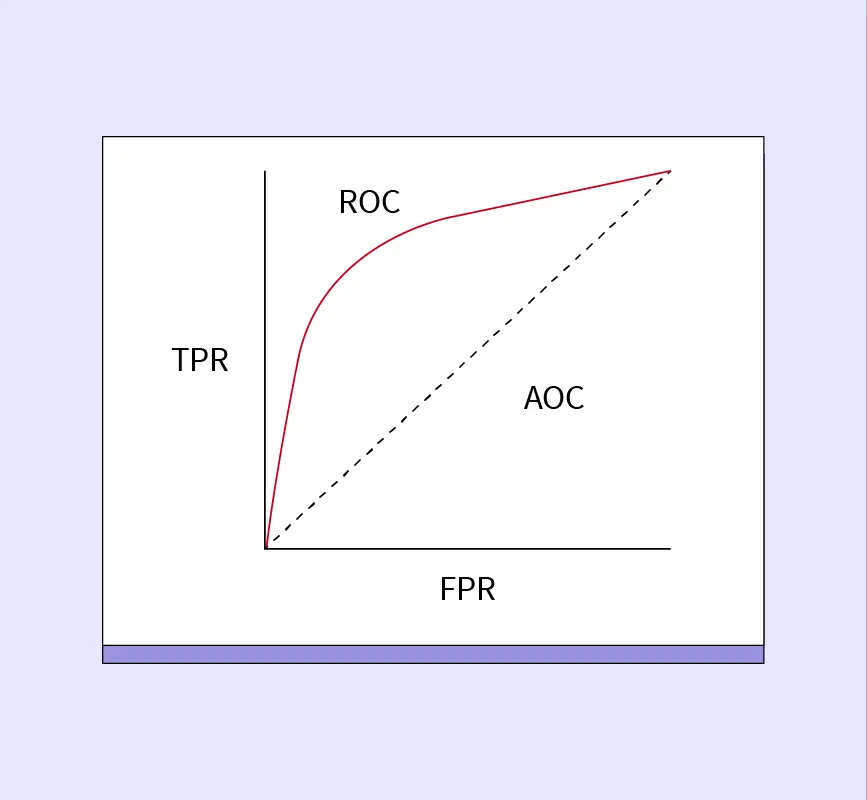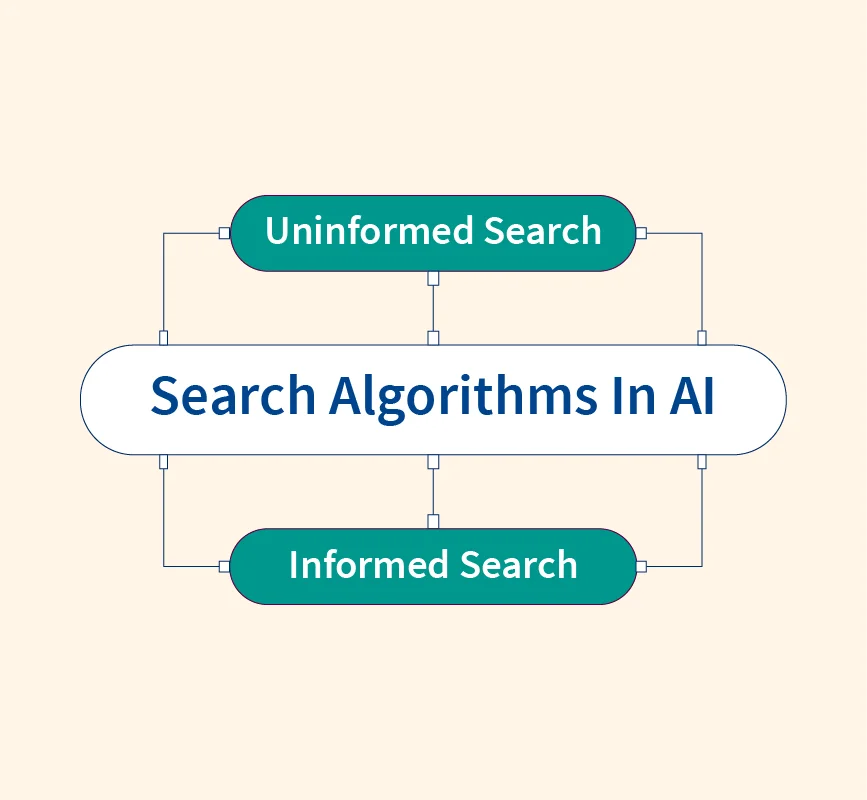In today’s data-driven world, both machine learning and data science have gained massive importance. They help businesses and industries understand data, make predictions, and drive decisions. However, many people often confuse these terms or use them interchangeably. This article will explain the main differences between machine learning and data science in simple terms, ideal for beginners.
Difference Between Data Science and Machine Learning
What is Data Science?
Data science is a multidisciplinary field that involves extracting valuable insights from raw data to drive decision-making. It encompasses the entire data pipeline—from collecting and processing data to analyzing and visualizing it. Data scientists use various techniques, such as statistical analysis, machine learning, and data visualization, to find patterns and trends that help businesses understand their customers, improve products, or predict future outcomes.
Core Tasks of Data Scientists:
- Data Acquisition: Gathering raw data from various sources, including databases, APIs, and online resources.
- Data Cleaning: Removing errors, inconsistencies, or missing values to ensure the data is accurate and usable.
- Exploratory Data Analysis (EDA): Identifying patterns, anomalies, and relationships in data through statistical methods.
- Data Visualization: Translating complex data into easy-to-understand visual formats such as charts, graphs, and dashboards.
- Statistical Modeling: Building predictive models to forecast trends, test hypotheses, and make data-driven decisions.
- Communication of Insights: Presenting findings in clear and actionable ways to stakeholders, often with storytelling techniques to make complex information digestible.
Key Skills for Data Science:
- Programming: Proficiency in Python, R, and SQL for data manipulation and analysis.
- Statistics & Probability: For drawing meaningful conclusions from data and validating models.
- Data Visualization Tools: Knowledge of tools like Tableau, Power BI, or libraries such as Matplotlib and Seaborn.
- Domain Expertise: Understanding the industry or specific problem domain you’re working in (e.g., finance, healthcare, marketing).
Common Career Paths in Data Science:
- Data Scientist: Extracts actionable insights from large datasets to influence strategy.
- Data Analyst: Focuses on interpreting existing data and presenting results to help make immediate business decisions.
- Business Intelligence Analyst: Works with structured data to improve business operations and identify growth opportunities.
- Data Engineer: Specializes in building and maintaining data infrastructure (databases, pipelines).
Challenges in Data Science:
- Data Quality: Dealing with incomplete, inaccurate, or biased data.
- Tool Selection: Choosing the most appropriate tools and algorithms for specific tasks.
- Communication: Translating technical insights into business-friendly language.
Example Applications of Data Science:
- Customer Churn Prediction: Identifying which customers are at risk of leaving a service.
- Fraud Detection: Detecting suspicious activity in real-time (e.g., credit card fraud).
- Market Research: Understanding consumer behavior and trends.
What is Machine Learning?
Machine learning (ML) is a subset of data science that focuses on creating algorithms and models that allow computers to learn from data and make predictions or decisions without being explicitly programmed. In simple terms, it’s about teaching machines to learn from examples. Machine learning models improve automatically as they are exposed to more data, helping businesses predict trends, automate processes, and uncover insights.
Core Concepts of Machine Learning:
- Supervised Learning: The model is trained on labeled data (where the correct answers are provided) and learns to make predictions based on that data. Common applications include spam detection and credit scoring.
- Unsupervised Learning: The model works with unlabeled data and identifies hidden patterns or structures without explicit instructions. It’s used in clustering tasks, like grouping similar customer profiles.
- Reinforcement Learning: The model learns by interacting with its environment and receiving feedback (rewards or penalties) for its actions. It’s often used in robotics, gaming, and autonomous systems.
Key Skills for Machine Learning:
- Programming: Strong skills in Python, R, and sometimes Java or C++.
- Mathematics: A solid understanding of linear algebra, calculus, and statistics for building models.
- Machine Learning Algorithms: Familiarity with algorithms like decision trees, neural networks, support vector machines, and ensemble methods.
- Data Preprocessing: Cleaning and preparing data to be used by machine learning models.
Common Career Paths in Machine Learning:
- Machine Learning Engineer: Focuses on building and deploying machine learning models in production systems.
- AI Engineer: Specializes in creating intelligent systems, such as chatbots or voice assistants.
- Data Scientist: Often uses machine learning techniques to analyze data and make predictions.
- Research Scientist: Develops new machine learning algorithms and advances in AI.
Challenges in Machine Learning:
- Choosing the Right Algorithm: Each problem requires a specific algorithm, and selecting the most effective one can be tricky.
- Overfitting & Underfitting: Ensuring the model generalizes well to new data and doesn’t just memorize the training data.
- Data Bias: Models can inherit biases from the data they are trained on, leading to unfair outcomes.
Example Applications of Machine Learning:
- Image Recognition: Used in facial recognition systems and medical imaging.
- Natural Language Processing (NLP): Powers chatbots, virtual assistants, and language translation.
- Recommendation Systems: Suggesting products, movies, or content based on user preferences (e.g., Netflix or Amazon recommendations).
- Stock Price Prediction: Predicting stock market trends, though with limitations.
Data Science vs. Machine Learning – Tabular Explanation
Here’s a more detailed comparison to help clarify how data science and machine learning differ and complement each other:
| Aspect | Data Science | Machine Learning |
| Scope | A comprehensive field involving the entire data lifecycle, from data collection to analysis and visualization. | A specialized area of data science that focuses on building models and algorithms that learn from data. |
| Core Purpose | To extract insights and knowledge from data to inform decision-making. | To create models that predict outcomes or automate decisions without explicit programming. |
| Techniques | Involves statistics, data mining, data cleaning, and visualization. | Uses algorithms like decision trees, neural networks, and support vector machines for predictions. |
| Outcome | Provides actionable insights, trends, and data-driven strategies for businesses. | Delivers predictions or classifications, enabling systems to learn and improve over time. |
| Skill Set | Requires a wide range of skills, including programming (Python, R), statistics, domain expertise, and data visualization. | Demands a strong background in programming, mathematics (linear algebra, calculus), and understanding of machine learning algorithms. |
| Use Cases | Often used in fields like customer behavior analysis, fraud detection, and market research. | Frequently applied in image recognition, natural language processing (NLP), and recommendation systems. |
| Job Roles | Data Scientist, Data Analyst, Business Intelligence Analyst, Data Engineer. | Machine Learning Engineer, AI Engineer, Data Scientist (with ML focus), Research Scientist. |
| Challenges | Handling data quality issues, selecting appropriate tools, and communicating findings to non-technical stakeholders. | Avoiding overfitting/underfitting, dealing with biased data, and selecting the right model for the task. |
Conclusion
In summary, data science and machine learning are closely related fields, but they serve different purposes. Data science is a broad discipline that encompasses the entire process of gathering, analyzing, and interpreting data to derive valuable insights. Machine learning, on the other hand, is a subset of data science that focuses on creating models and algorithms that can learn from data and make predictions or decisions without human intervention.
While data science helps answer the “why” and “what” questions through insights, machine learning focuses on the “how” by enabling systems to improve automatically with more data. Both fields are becoming increasingly intertwined as businesses seek to leverage data for smarter decision-making and automation. As a beginner, understanding the difference between the two will help you decide which area aligns better with your interests or career goals.


